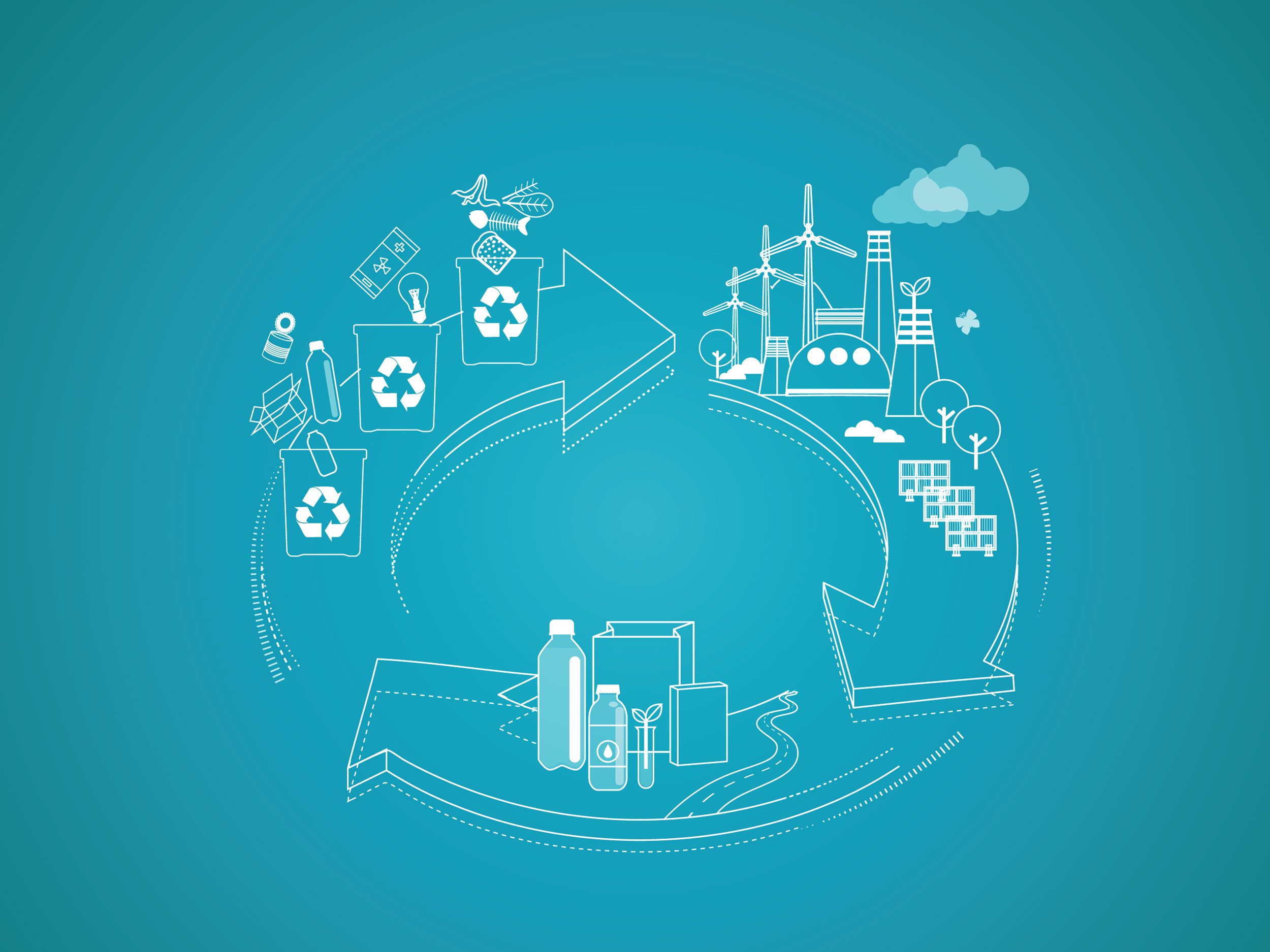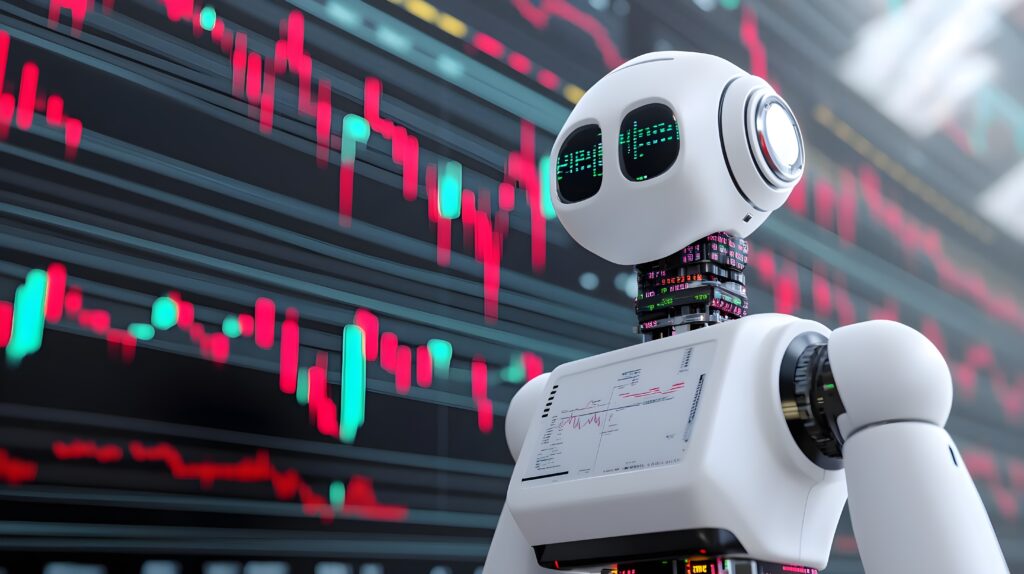If anyone still doesn’t believe we’re in the midst of a climate crisis, they likely never will. Over the past year, record high temperatures have fuelled historic wildfires across Siberia, Australia and the Western US. A 110 square km chunk of ice has broken away from the Arctic’s largest remaining ice shelf. A record number of tropical storms are currently lining up in the Atlantic. Meanwhile, we’re experiencing a global pandemic, which can be traced back to human’s encroachment on the natural world.
The effects of climate change that scientists have been warning us about for decades are here now. From my perspective, we have two imperatives. The first is to continue to work to meet the goals of the Paris Agreement to reduce emissions and limit global warming. The second is to learn to live sustainably and humanely in a world altered by climate change.
Both require radical action and it’s easy to feel overwhelmed by the challenges. However, when I was recently asked if I saw any ‘green shoots’ of hope in the fight to build a more sustainable world, I didn’t hesitate. Where I see true innovation, commitment and genuine hope is in our creative community – notably in the UK, where I believe we have assembled a global centre of excellence in sustainable development.
I am continually inspired and spurred on by the creative and innovative work that is being done in this country, particularly in the fields of art, engineering, design and (hear me out) data analytics.
This gives me hope. Because it’s entirely possible, even likely, that the innovations that will help us mitigate and deal with the impacts of climate change are yet to be designed or brought to market. Consider that before Tesla introduced its electric car, there was little desire for electric vehicles. Now, new start-ups and industry stalwarts are vying to tap into Tesla’s market share.
The effects of climate change that scientists have been warning us about for decades are here now
We need to be looking for the Tesla equivalents in all industries – from fashion to food to energy to finance. We don’t have all the solutions we need now but we need to continue to nurture, support and collaborate with the creative minds who will build the solutions of tomorrow.
Of course, I’m not the only one who recognises this potential. In September, SAP UK partnered with the Ellen MacArthur Foundation and London Design Festival (LDF) to promote ‘The Circular Design Project,’ a selection of panels, stories and supporting resources to empower and equip the design and creative community. We focussed on seizing the opportunity of the circular economy as a framework for positive global impact.
An introduction to the circular economy – new constraints inspire radical innovation
For the uninitiated, the circular economy involves looking at the whole lifecycle of a product or service and the materials that go into making that product. The goal of the circular economy as defined by the Ellen MacArthur Foundation is to keep products and materials in use, regenerate natural systems and design out waste and pollution.
It’s not just creative minds who have bought into the concept of circularity. Businesses across industries and all sizes are recognising the benefits of circularity – from an environmental as well as a financial perspective.
The LDF’s Circular Design Project, for example included representatives from IKEA, Google, H&M and BrewDog. They each spoke about how they were introducing circularity into their business models.
For IKEA this involved spending the last year looking at each of its almost 10,000 products to access its circularity and to determine how they would need to alter them to make them circular. This is no mean feat, as it involved looking at the whole life cycle of the products – from where the raw materials were sourced, to how long they would be used and which means of disposal would be employed.
BrewDog spoke about its ‘net zero carbon plan’ and how it is working to drive waste out of its business and find ways to maximise the use of by-products and packaging. The starting point for the business was to understand what happens to the material that is handled by its recycling and waste management partners. Using data provided by SAP and Topolytics, the company can get a clear view of where the material goes and critically, what happens to it – in real time. The resulting insights feed into its zero waste plan and its drive to be completely transparent and open in everything it does.
The power of data to change the world
That brings me to the creativity inherent in data analysis. Today’s designers have a wealth of data and information to draw from as well as new technologies like AI, robotics and the IoT to support, inform and enhance their work. Knowing how, when and where to use these tools is a scientific as well as creative process.
At LDF, SAP chief sustainability officer Daniel Schmid discussed the power of data transparency to remove obstacles and gaps between the design, production, distribution and waste processes. How designers can apply learnings
from across the lifecycle of a product and bring those back to core systems to inform the entire value chain. Climate change is here, the clock is ticking, and we have much work to do. We’re on a journey and our great hope is that humans can change, create and design a better and more sustainable future. The stories at the LDF show us the way; those stories will continue to multiple as we return to the LDF in 2021, en-route to COP26 at Glasgow in November 2021.
Businesses across industries and all sizes are recognising the benefits of circularity






